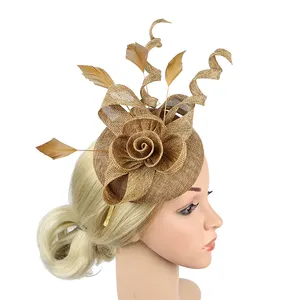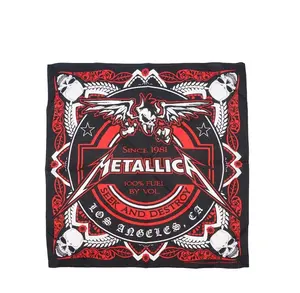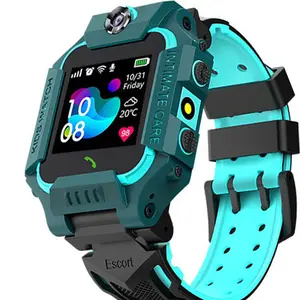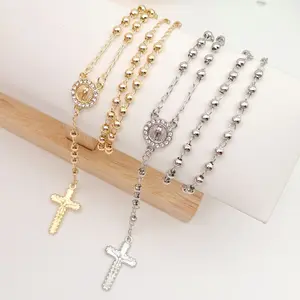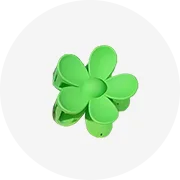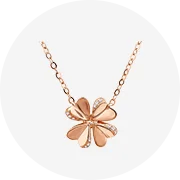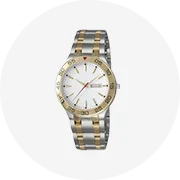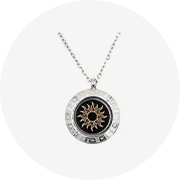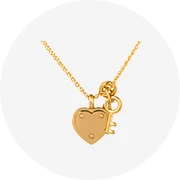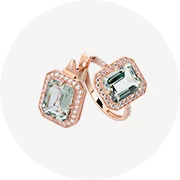Popular in your industry




































 Ready to Ship
Ready to Ship


































 Ready to Ship
Ready to ShipRelated Searches:


















 Ready to Ship
Ready to Ship











 Ready to Ship
Ready to Ship





































































































 Ready to Ship
Ready to Ship














Top categories
About indian anklets with bells
India's cultural patrimony is replete with traditional adornments, and the Indian anklets with bells are particularly enchanting and unique. Known also as Indian bell anklet bracelets, these pieces transcend mere ornamentation, embodying deep cultural resonance and visual allure. Crafted from a medley of materials such as metals and beads, they boast elaborate designs and motifs. The bells' dulcet tones lend a musical quality to the wearer's stride, endearing these anklets to both dancers and style aficionados.
Types and Varieties of Indian Anklets with Bells
A plethora of Indian anklets with bells exists, each catering to distinct tastes and functions. The substantial Indian dancing anklets worn by classical performers contrast with the more delicate versions chosen for everyday wear. Some anklets are adorned with sizeable, decorative bells that emit a deep chime, whereas others possess tiny, unobtrusive bells that produce a gentle tinkling. The Indian silver anklets with bells are especially coveted for their classic beauty and the sonorous quality of their chimes.
Structure and Composition of Bell Anklets
The architecture of an Indian anklet with bells showcases the artisanal skill in its making. Typically, a chain or band encircles the ankle, interspersed with bells and sometimes complemented by beads or charms. The bells are designed with an internal clapper to strike the sides and generate sound with movement. The fastening mechanism, whether a clasp or hook, combines durability with ease of use, ensuring the anklet's stability, even during dynamic activities such as dance.
Materials and Durability
The selection of materials for Indian anklets with bells prioritizes both longevity and aesthetic appeal. Sterling silver is favored for its non-reactive properties and enduring nature. Alternatives like copper, zinc alloy, and gold plating offer affordability and diverse visual effects. The bells, typically fashioned from the anklet's primary metal, may be silver or gold-plated to augment their acoustic and visual qualities. Decorative elements such as beads and crystals are chosen for their durability and attractiveness.
Business Applications and Commercial Value
In commerce, Indian anklets with bells have carved a niche within cultural tourism, dance apparel, and ethnic fashion retail. Dance academies specializing in traditional Indian forms utilize these anklets to lend authenticity to their art. Tourists purchase them as mementos that encapsulate India's cultural spirit. Fashion outlets offer them as exotic embellishments, tapping into a market of consumers seeking distinctive, culturally-rich jewelry. Their commercial appeal lies in their connection to Indian heritage and their status as a unique fashion element.
Functions and Cultural Role
While primarily accessorizing traditional Indian garb, the role of Indian anklets with bells extends to functional ornamentation. In classical dances like Bharatanatyam or Kathak, the bells underscore the dancers' rhythmic footwork. Their sound is also deemed propitious, believed to attract positive energies, thus making these anklets essential in bridal collections and celebratory events.
Features and Unique Selling Points
The allure of Indian anklets with bells lies in their meticulous craftsmanship, cultural import, and the harmonious sound they produce. These anklets offer a sensory experience that merges visual splendor with auditory pleasure. Their designs span from traditional to modern, some featuring innovative closures and adjustable sizes to accommodate various ankle widths. Their versatility for different occasions distinguishes them from other jewelry.
Benefits and User Experience
Adorning oneself with Indian anklets with bells brings numerous advantages. They can elevate an ensemble with a hint of heritage and sophistication. For performers, they enrich the dance by adding an acoustic dimension. Casual wearers enjoy the bells as a subtle cue of movement, promoting elegance in gait. For those with Indian roots or an appreciation for its culture, these anklets offer a sense of pride and identity.
How to Use and Care for Your Indian Anklets
To optimally utilize Indian anklets with bells, they should be fastened snugly to prevent displacement. Selection should be mindful of the event, bell size, and design to ensure it complements your ensemble and intent. Cleaning requires a gentle cloth, and for silver pieces, a polishing agent to preserve their luster. Routine care includes inspecting clasps and bells for damage and storing them in arid conditions to avert tarnish.
Target Audience and Cultural Appreciation
The demographic for Indian anklets with bells is broad, spanning cultural jewelry enthusiasts, dancers, and participants in Indian festivities. These anklets cater to diverse tastes, from minimalists who may favor a singular bell to traditionalists desiring a fully embellished piece. The design and acoustics of the bells are thoughtfully considered to satisfy the wearer's needs, ensuring each anklet is more than an accessory—it's a treasured cultural artifact.
What are the best occasions to wear Indian anklets with bells?
Indian anklets with bells are ideally donned during cultural celebrations, dance recitals, weddings, and religious rites. Their growing popularity as a fashion item also makes them suitable for more laid-back affairs, where they contribute an element of elegance and cultural sophistication to an outfit.
How can one ensure the longevity of these anklets?
To guarantee the endurance of Indian bell anklet bracelets, careful handling, consistent cleaning, and dry storage are imperative. It is also advisable to remove them prior to activities that could cause undue strain, such as swimming or intense physical exercise.
Are there any cultural considerations to keep in mind when wearing these anklets?
When donning Indian anklets with bells, it is crucial to acknowledge their cultural significance. They should be worn with respect for their traditional origins and an understanding of the cultural context they signify, particularly in religious or customary settings.
